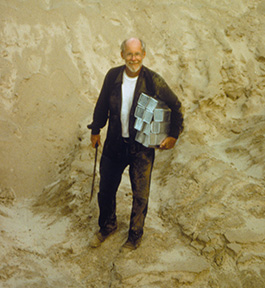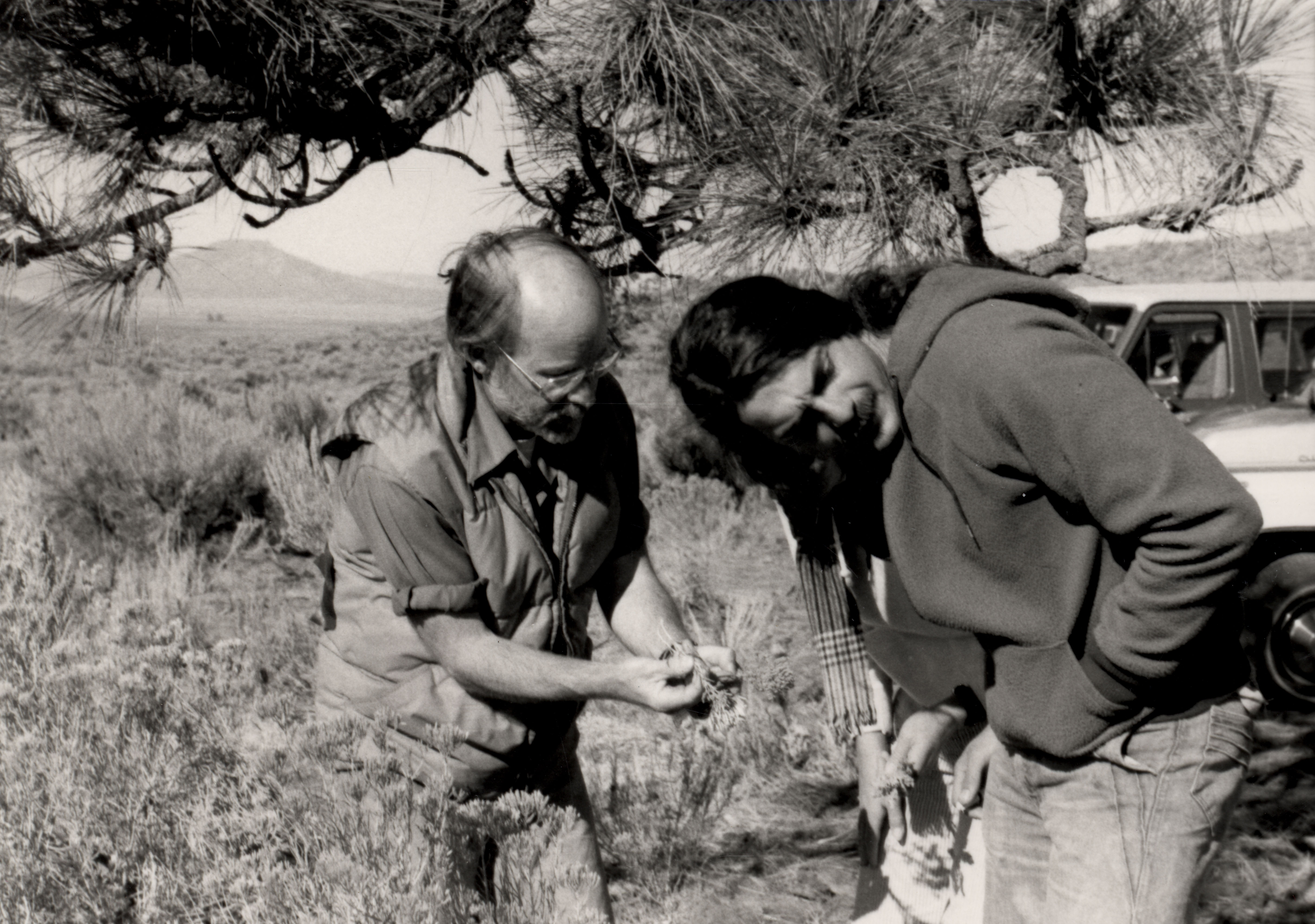Written by Jesse Dutton-Kenny, former Volunteer and Intern at MVZ Archives and now Graduate Student Assistant at University of Colorado Museum of Natural History
Recently we posted a blog about the charming inscriptions we find in publication reprints, one of which, from Bob Stebbins, read: “To MVZ – the institution that made my life whole.” When I saw that inscription while working with our reprint collection, I felt a slight twinge of sadness knowing I would soon be leaving the MVZ and that it was the institution that set me on my current path academically and professionally. I began volunteering at the MVZ in my sophomore year at Berkeley (2010) before we had our full fledged and bustling Archives and before I knew what I wanted to do with my degree. I was working on a project to enter the data from thousands of scanned MVZ Images into Arctos and then to georeference the localities of those photos. This project lasted well over a year, and through this somewhat tedious data entry I really began to learn what museum work is all about. I got to hunt down field notes, look at specimens, and browse old maps all in the interest of improving photographic data. I got to examine lantern slides, glass negatives and yellowing old prints – something I had never been exposed to, and it struck a chord in me. It’s safe to say that this experience at the MVZ set me on the path that has now led me to pursue a master’s degree in Museum and Field Studies at the University of Colorado, Boulder. Still far from being a zoologist, even after years at the MVZ, I’ll be studying anthropology collections management.

Jim Patton collecting traps filled with Oligoryzomys macrotis, near Miranda, left bank Rio Juruá, Amazonas, Brazil, August 17, 1991. MVZ Image Number 14743.
When I graduated from Berkeley last year I began volunteering in the Archives and working on all kinds of projects, from rehousing those same photographs I worked with years ago to creating supplies budgets. This experience helped expose me to the kind of museum work we all do in archives and museums – wearing the “many hats.” The final project I’ve been working on before I leave for Boulder has been to process the 35mm slide collection of Jim Patton, our emeritus curator of mammals extraordinaire. Jim is an incredible individual. He has tens of thousands of specimens deposited at the MVZ and has been working here for 45 years as both a faculty member and curator. One could go on about his numerous accomplishments to mammalogy and his importance to the MVZ in particular, but you can also read about Jim’s career at length here.
His slides arrived at the Archives beautifully housed and already scanned (thanks Jim!) so what I’ve been focusing on is “massaging” all the data associated with the images and then entering and organizing all that data in Archivists’ Toolkit and our collections database, Arctos. Through this data processing I’ve been able to link photos of specimens to specimen records, create Arctos “projects” for Jim’s work (such as his work on pocket mice and pocket gophers), and upload over 2000 new images into our database. Incidentally, as a part of linking Jim’s specimen accession data to the media, I was also able to update and improve the data on nearly a hundred specimen accession records (a very positive and unintended consequence of the archival work). However, the real value of this project for me as a student in this field has been to see what data collection and archival work can be like when the person whose collection you’re working on is sitting only a few offices away. I’ve been able to turn to Jim with questions about dates and look through his field notes with his guidance.

Jim Patton as “teacher and researcher.” Here, Dr. Patton describes differences between similar Sagebrushes under one of few Pines. 3 km NE of Chilcoot, California, 15 September 1985, by Jacek Purat. MVZ Image Number 11610.
This is pretty rare and such a different experience than anyone else’s collections that I’ve worked with. So much of what we do is historical and gathering data through heavy research, but this has been an education in more contemporary archival work and data collection as opposed to recovery. I’ve been so pleased to get to work with the photographs of someone of Jim’s caliber and to end my time at the MVZ (for now at least) on such a productive and fulfilling project.
Thanks to the whole Archives team and the MVZ staff for helping to make my life whole and getting my museum career started these past 4 years. I’m sure I’ll be benefitting from everything I learned here for years to come.
Related Links:
Link to Archives blog about inscriptions: http://mvzarchives.wordpress.com/2014/04/24/519/
PDF of “Pattonfest” (394 pages): http://www.oeb.harvard.edu/faculty/hoekstra/PDFs/Pattonfest.pdf
Link to Jim’s Project in Arctos: http://arctos.database.museum/project/chromosomal-and-molecular-evolution-of-pocket-mice-genus-chaetodipus-and-pocket-gophers-of-the-thomomys-bottaeumbrinustownsendii-complex
